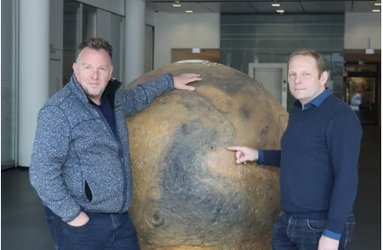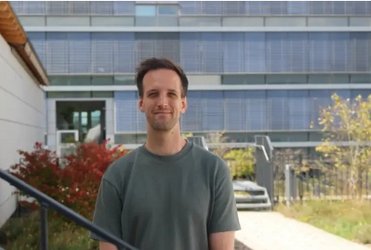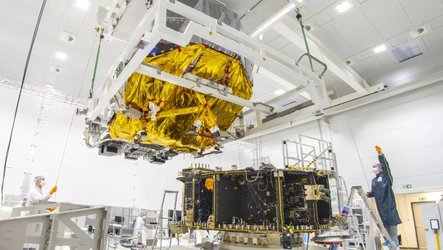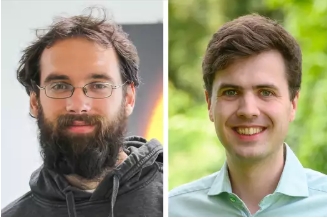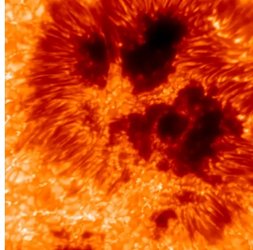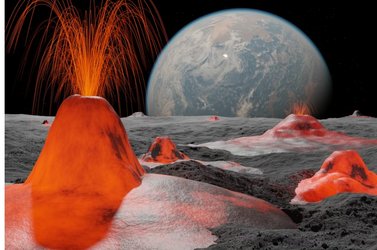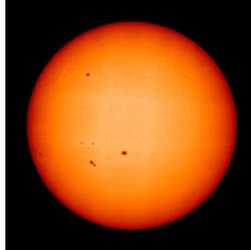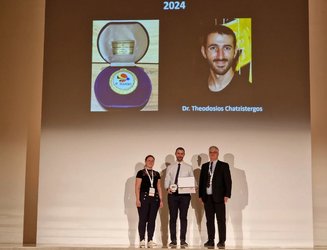Max Planck Institute for Solar System Research
Campus Member
Our immediate cosmological surroundings are the research focus of the Max Planck Institute for Solar System Research: the solar system with its planets and moons, its comets and asteroids, and of course the Sun. The aim of the scientists is not only to theoretically model the workings of the solar system and simulate them on the computer, however. In close cooperation with their engineer colleagues, they also develop and build scientific instruments that investigate these celestial bodies.
Collaborative Research Center
- CRC 1456: Mathematics of Experiment: The challenge of indirect measurements in the natural sciences
Participating institutions: UG, UMG, MPI-NAT
Graduate Study Programs
The MPS hosts the following graduate study program:
Joint Professorships
- Prof. Laurent Gizon - with University of Göttingen
Key research areas
The key research areas at the MPS are comprised of the following:
Work Life Resources
- The International Office helps visiting scientists and employees from abroad take their first steps in their new surroundings. This includes help with visa matters, looking for an apartment and health insurance.
- 8 guest apartments within the building + 12 additional guest apartments in the Philipp-Reis-Straße
- Canteen
- Child care
- 3 parent-child-offices
- Library
- Buddy-service for PhD-students
Research Infrastructure
- Laboratory space comprising of 1600 square meters of cleanrooms
- 19 thermal-vacuum-chambers
- electronic laboratories
- experimental hall for large instruments
- vibrational test stand
- mechanical design department
- mechanical workshop
